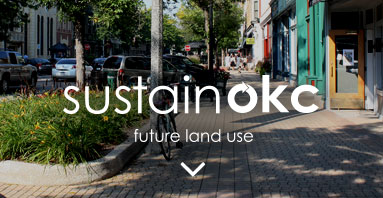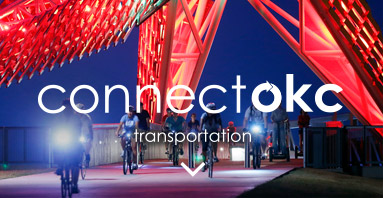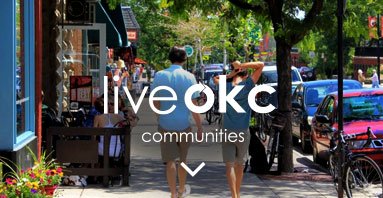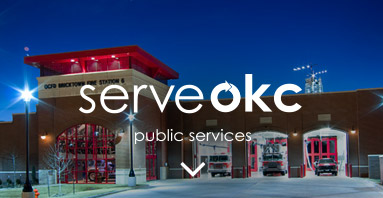We will incorporate design and maintenance practices to create safer environments in both established and new neighborhoods. Addressing the impact of the neighborhood environment on public safety will follow two tracks: 1) reviewing new projects (including subdivisions and major new developments) and incorporating safe environmental design standards into their design, and 2) auditing existing neighborhoods for unsafe conditions and correcting problem areas.
Safety evaluation of new projects will start with developing design standards and guidelines, using the principles of Crime Prevention Through Environmental Design as a starting point. Our public safety departments should develop specific areas of expertise in these principles and be fully integrated into the City’s project review and approval process.
Established neighborhoods present different challenges. Partnerships between City staff and community organizations will analyze the neighborhood environment and local crime patterns to identify and correct specific problems. The most common issues include overgrown lots, hidden spaces, and vacant and deteriorated buildings. We must be aggressive in such areas as vegetation control and demolition of buildings beyond feasible repair.
Response times when emergencies occur are also an important factor in the interaction between public safety and environmental design. Neighborhood designs should increase the efficiency of public safety operations and ensure that the greatest number of residents can be reached in the shortest amount of time by emergency responders. This should include strategic improvements in existing neighborhoods and efficient design in new neighborhoods.
Systematic evaluation and correction of design aspects of new projects and inherently unsafe environments in established areas will be necessary to ensure a safe environment for all residents of Oklahoma City.
We will correct unsafe building elements and design conditions in public facilities and outdoor spaces. The City should lead in providing safe and secure facilities and properties. This is especially important in distressed neighborhoods, where a public park or center may be seen as a refuge. All publicly accessed properties should be assessed for unsafe conditions, including but not limited to poor lighting, blind spots, and maintenance hazards. Once this inventory has been completed, priorities for repair should be set and incorporated into the capital program.
Graffiti and vandalism in public areas are special and persistent problems. Uncorrected incidents suggest neglect in a neighborhood, which in turn encourages both more vandalism and serious criminal activity. Graffiti can be controlled through an aggressive removal policy, best accomplished in partnership with neighborhood residents. Cooperative action for productive purposes has the secondary benefit of building a sense of neighborhood effectiveness and establishing credibility for improvement efforts all of which help reconstruct the social fabric.






















